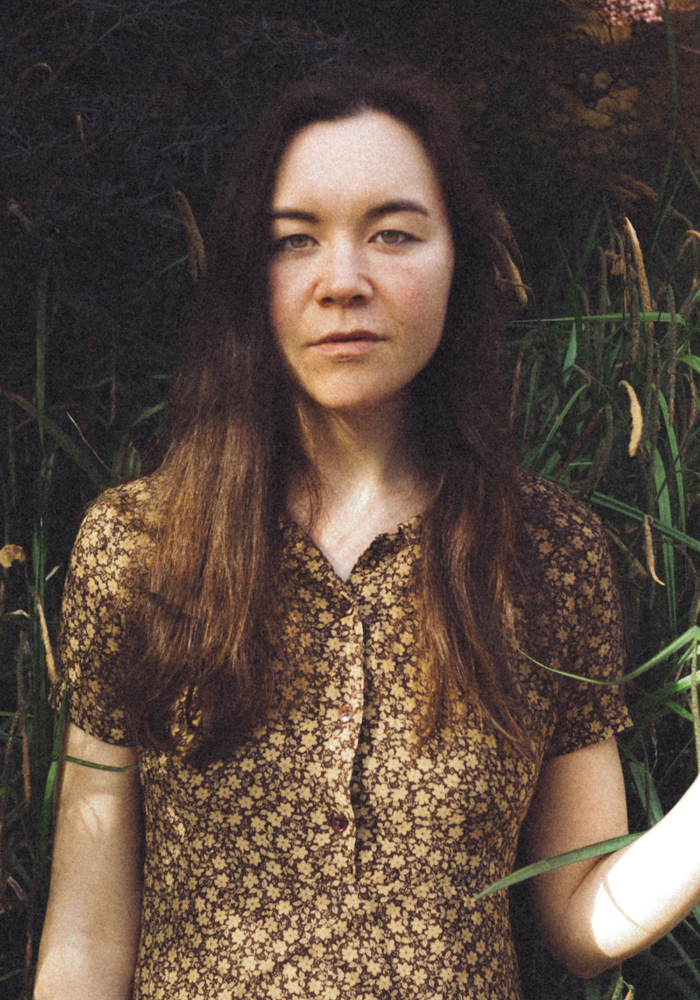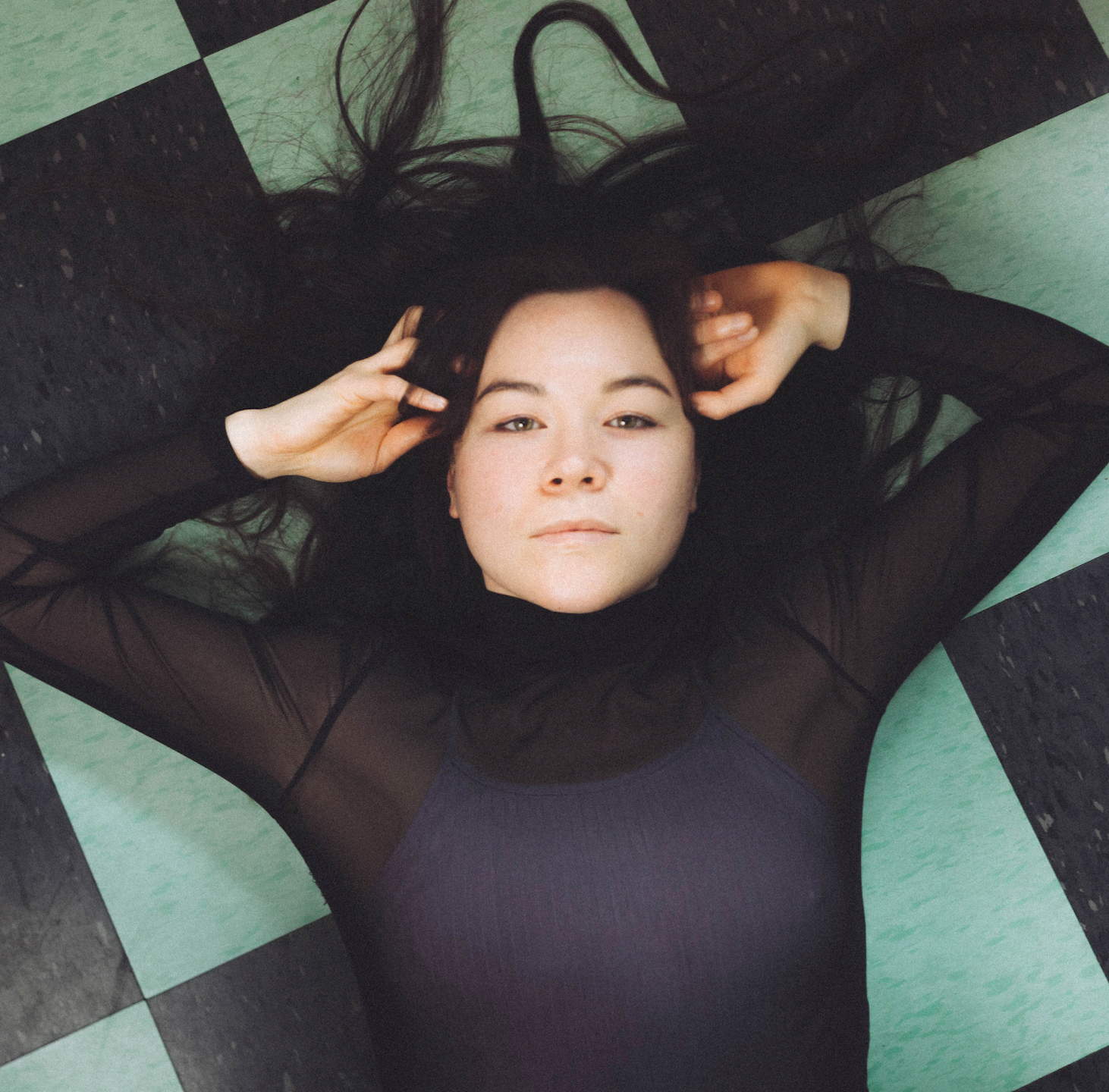Portland, Oregon-based band MAITA recently released their second album I Just Want To Be Wild For You, a finely balanced concoction of intimate vignettes, alt-rock and power pop that builds on the foundations laid by its predecessor, 2020’ Best Wishes. In this Emerging Headliner interview powered by JBL, chief songwriter and vocalist Maria Maita-Keppeler and bandmate and recording engineer Matthew Zeltzer open up on the challenges of releasing two records during Covid, the sonic evolution that exists between the two records and the influences that have shaped their creative process…
Tell us about the formation of MAITA?
Maria: We met a while ago and didn’t start playing music together at first. We were both independent songwriters so we did a lot of touring together as independent artists who would back each other up a little bit. Then over the last five years we started to put our energy into working on a band, and we’ve always worked on the records together, we co-produced the records and Matthew engineered them.
Your first record came out just after pandemic hit, which must have been incredibly difficult and frustrating for an artist putting out their debut. How did handle those challenges?
Matthew: That record was due to come out on March 15, 2020, and we were supposed to fly to Europe a week later, then the travel ban happened. Once we knew the pandemic was going to be a big thing our team got together and said we shouldn’t release the album right now. I didn’t really want to do that because we’d been gearing up to release it for so long, but it was the right idea, so we pushed it back two months. And there was that initial period where everyone was panicking and buying too much toilet paper and there wasn’t much time for listening to music. So, moving it to May was a good idea.
Maria: We found ways to make the release feel special still, but it was a challenge to keep momentum going, and without touring it’s hard to prolong the life of a record. I ended up doing an illustrated album towards the end of that year. I wanted to give the record a bit more life, so I ended up making a piece of art for every song and releasing those one by one throughout the year. It was a really cool project for me, because I was able to show a more whimsical side of the record and it allowed people to interact with the songs in a different way.
You released your second record earlier this year, which you have been able to tour to some degree at least. How has it felt to play some shows at last?
Matthew: It’s been great. When the pandemic hit, Maria and I had been touring for about four years straight, and whether we liked the circumstances or not, it was probably good for us to take a little break from the road. I think a lot of touring musicians felt the same, it’s made them reassess their relationship with touring. We really love playing shows and enjoy being on the road, but there are things about being on tour that are unhealthy. Being able to step away means we can reassess what our priorities are – like how we spend our off days and spending more time with family when we aren’t touring.



